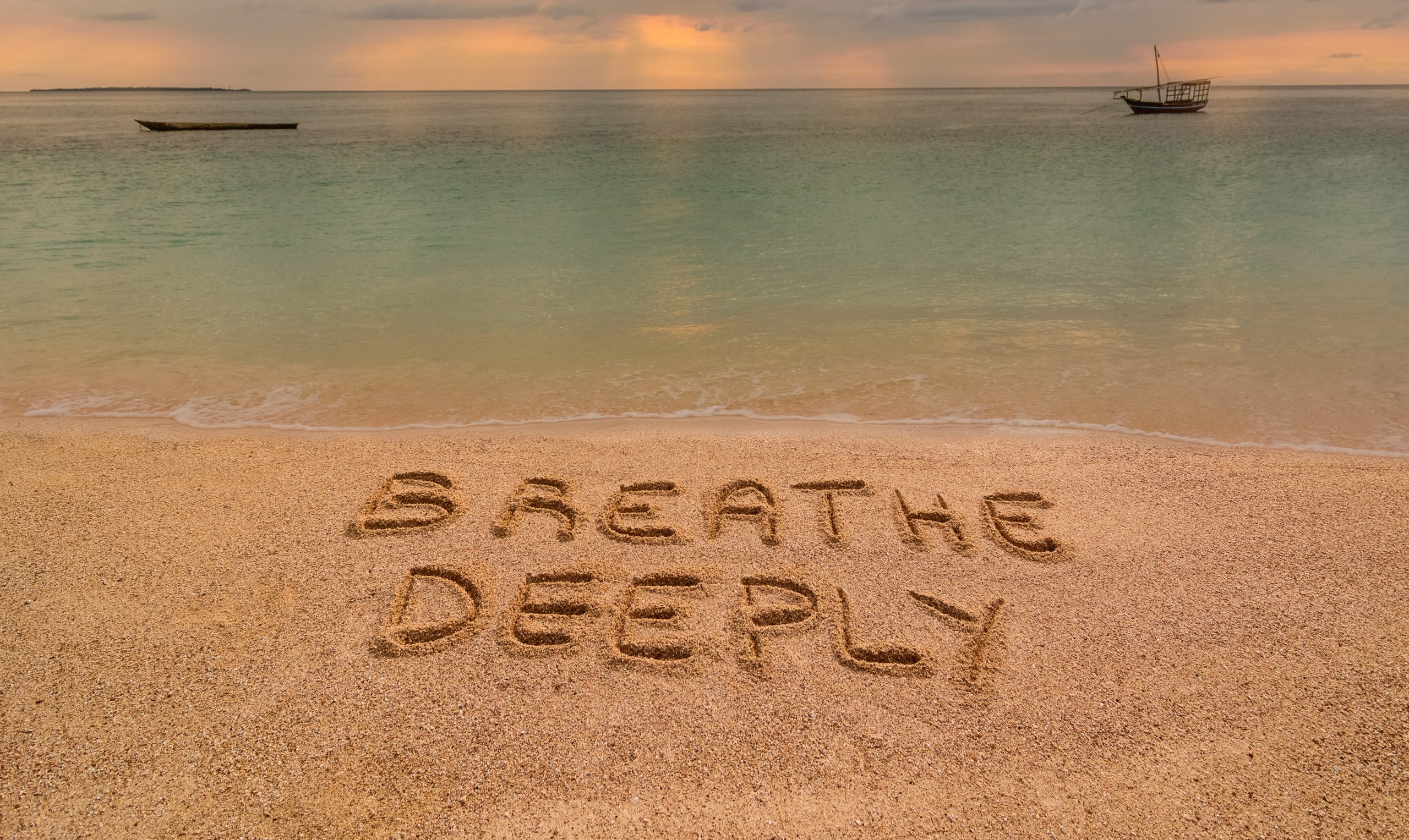
What is the one self care tool we have with us all the time, no matter where we are? What is the one tool we carry with us no matter what we are doing? What is the one gift we can always access in times of stress, trauma or conflict?
The breath.
I’ve talked a lot about yoga and meditation on this site. I believe they are two great tools for self care and one reason is because each requires us to use our breath. Yet I know many will never try either. Takes too much time. Don’t know how. Costs too much. Whatever your reason, there is another tool that costs nothing, can be used in five minutes or less and can be a great way to relax, reflect and feel rejuvenated.
Breathe in. Breathe out. Breathe deep.
A recent article in the Arizona Republic by Ashley Miller describes how deep breathing can provide a number of benefits to your physical and mental well-being. She suggests, “Instead of breathing shallow, short breathes which cause reduced oxygen and nutrient delivery, increased feelings of anxiety and stress and muscle tension, take a good long deep breath.”
Ms. Miller describes a technique that is easy to do. She says, “Sit in a chair with your feet on the floor and your hands resting comfortably in your lap. Keep your spine extended tall and relax your shoulders. Observe your current breathing pattern for a few moments. Place one hand on your belly and one hand on your chest. Inhale as deeply as you can, drawing the air into your abdomen. Focus on raising your lower hand, then your upper hand, as your body fills with air. Pause for a moment and exhale completely, contracting your abdomen muscles to expel the last bits of air from your lungs.”
During a recent yoga retreat, we practiced Pranayama breathing, a series of nine different techniques for deep breathing. According to the Yoga Alliance, Pranayama breathing can be effective for reducing our stress response, improving lung function and encouraging relaxation. Many pranayamas emphasize slowing down and deepening the breath, which activates the body’s parasympathetic system, or relaxation response. By changing our pattern of breathing, we can significantly affect our body’s experience of and response to stress.The Ayurveda Wellness Institute says breathing exercises, or Pranayama, can reduce toxins, help digestion, increase metabolism, develop mental clarity and help achieve a state of deep relaxation and peace.
Ashley continues, “Deep breathing results in greater oxygen and nutrient delivery because you draw air down into the deep pockets of your lungs, which is where the greatest amount of blood flow occurs, according to the American Medical Student Association. This may help increase your energy levels and can result in improved stamina in athletics and other physical activities. Deep breathing also increases your body’s production of endorphins, your body’s natural pain-killing chemicals. Endorphins are the chemicals responsible for the feeling of euphoria known as the “runner’s high.” According to the Pain Center of Arizona, endorphins may help block your nerve cells from releasing pain signals to your brain, which can provide benefits during times of acute and chronic pain.”
Let’s use that one tool for self care that we carry with us all the time. Let’s all breathe in, breathe out, breathe deep.
Ashley Miller – Demand Media Ashley Miller Profile
Yoga Alliance Yoga Alliance
Ayurveda Wellness Institute Ayurveda Wellness Institute

